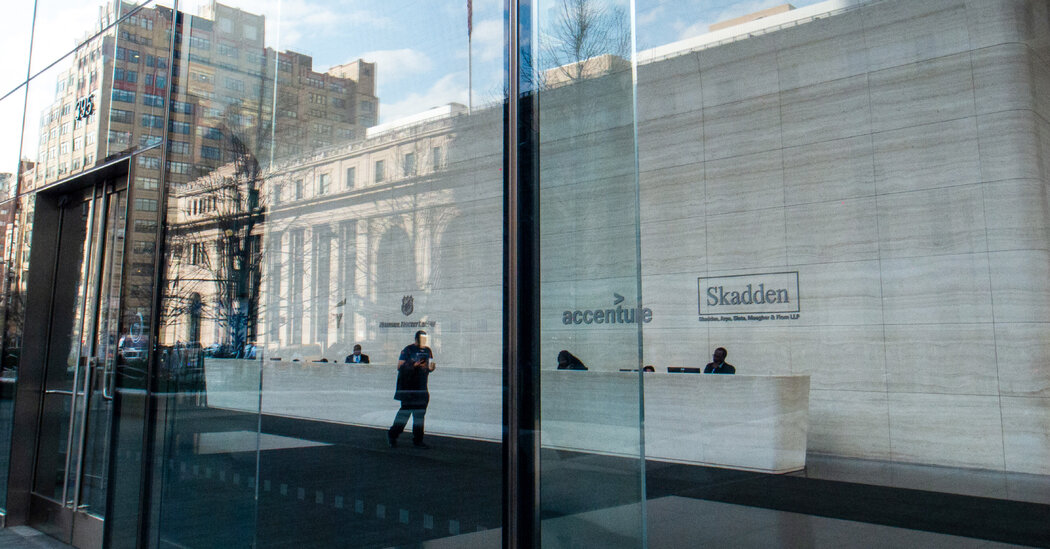The Truth Behind Fashion Pricing
Back in 2012, a designer named Bruno Pieters, formerly of Hugo Boss, had an epiphany: fashion needed radical transparency, not in the clothing itself but in the manufacturing process. He launched a line called Honest By, which detailed the origin of each garment component on its website, down to the cost and factory details, including markups. Millard Drexler noted that this level of transparency was rare, with much obfuscation around pricing in the fashion industry. Despite the complex pricing calculus involving materials, labor, overhead, shipping, and brand value, Pieters’s attempt at transparency suggested that higher garment costs could indicate better quality and labor conditions. However, Honest By closed after nearly seven years, indicating limited demand for such openness in fashion.
The Birth of Honest By and Radical Transparency in Fashion
This notion of transparency in fashion pricing led to a broader conversation about the values driving the industry. While Honest By’s mission was initially praised for exposing the complex layers behind garment costings, the industry at large has been slow to adopt similar practices. The reluctance can be attributed to the deeply ingrained habits of maintaining brand mystique and profit margins. Fashion consumers often revel in the allure of exclusivity and status, which is perpetuated by opaque pricing. Even as some consumers grow more conscious about sustainability and ethical production, the luxurious image projected by high prices continues to hold sway for a significant portion of the market. As such, while the curiosity about what truly goes into pricing remains, it hasn’t yet translated into a significant shift in purchasing behavior or industry standards.
The Fashion Pricing Structure
The complexities of pricing in fashion illustrate the challenges brands face when balancing cost, transparency, and market expectations. While initiatives like Honest By aimed to offer a clear view behind the price tag, the industry as a whole continues to grapple with issues such as globalization and fluctuating currencies, which can obscure true production costs. However, despite the apparent lack of widespread consumer demand for full transparency, the discussion sparked by such initiatives has prompted broader consideration of how brands position their products and the psychological factors driving consumer behavior. In particular, the allure of luxury and the strategy behind pricing have become as much about perceived value and exclusivity as they are about actual production expenses.
Markup Strategies and Retail Pricing
This difficulty in sustaining a business model based on radical transparency highlights a broader truth about consumer behavior. Many shoppers, while increasingly aware of ethical issues and somewhat inclined to support more transparent brands, still often prioritize price, brand prestige, and perceived exclusivity over the origin and cost breakdown of their purchases. Even as awareness grows regarding the importance of fair labor practices and sustainable materials, the allure of well-known luxury brands, often associated with status and desirability, seems to overshadow these considerations. This tension between conscientious consumption and aspirational purchasing continues to shape the dynamics of the fashion industry, leaving it in a complex state of flux as it navigates these competing priorities.
Analyzing the Impact of Tariffs on Fashion Pricing
In the end, the story of Honest By highlights the complexities of consumer demand for transparency in fashion. Despite its noble attempt to enlighten consumers about the costs and processes behind clothing production, the experiment proved that the appetite for such openness was not as robust as anticipated. The fashion industry’s intricate pricing systems and the psychological factors associated with luxury goods continue to dominate, suggesting that the quest for radical transparency may still be ahead of its time.















Post Comment